At the end of each year, I like to see what you beautiful…sexy…outstanding people liked. What the fam….recognized (fam).
I decided to add a few extra little diddy’s this year. First, we will start off with debriefs. The little podcast/vlog that could.
As I try to keep the debrief filled with variety, there didn’t seem to be any common themes; just good topics.
Check out your favorite debriefs below, and thank you again for an amazing 2019!
Table of Contents
10. Pecs, Extreme Postures, and Foam Rolling – Movement Debrief Episode 81

In this one, we discuss why pecs aren’t always so bad, but also why I’ve veered away from things like pec squeezes and such. The results haven’t dropped off much at all in doing so. We also go into how extreme kyphosis or flattening can impact testing, and if foam rolling is useful or not
9. Elevated Heels, Pelvic Floor, and Identifying with Medical Labels – Movement Debrief Episode 79
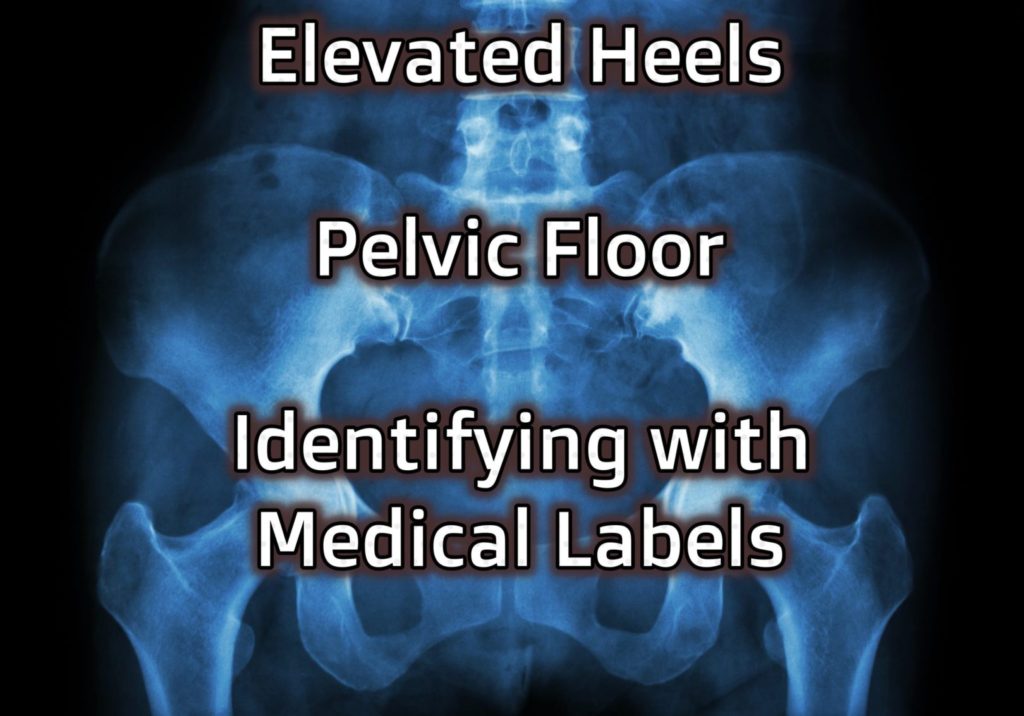
Learn why elevating your heels can make your squat feel incredible, how the pelvic floor works, and how to best help someone who identifies with their medical labels in this one.
8. Collapsed Arch, Rounded Back Breathing, and Can Posture Be Changed? Movement Debrief Episode 84
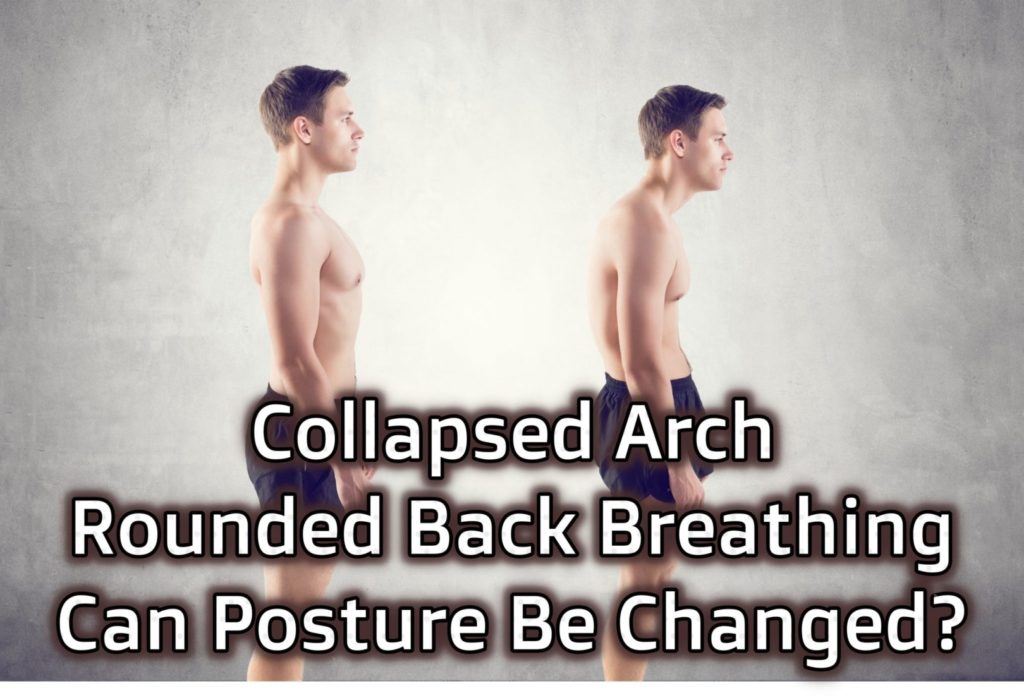
If you want to learn the best methods to impact a flat foot, how rounding the back may not be the best way to drive posterior expansion, and can posture be changed? Does it even matter? If you are wondering, then check out this posts.
7. Cervical Radiculopathy, Lower Body Elevation, and Shortcomings of My Approach – Movement Debrief Episode 82

In this post, we discuss cervical radiculopathy. And we deep dive into how to assess for it, treatments and so much more. I also discuss why inversion can be incredibly useful to improve upper body mobility for those super stiff peeps, and also what my struggle points are as a clinician.
6. Rotator Cuff Tears, Posterior Pelvic Tilt, and Finding Good Clinicians – Movement Debrief Episode 76

If you want to learn a different way to help someone post-op rotator cuff repair, why posterior pelvic tilts are hella useful, and how to find clinicians to work with, then this one’s for you.
5. Belly Breathing, Cramping, and Exhales – Movement Debrief Episode 77

I’m not the biggest fan of belly breathing, but here you will get an overview as to why that is, and a useful alternative. If you ever wonder how to best mitigate cramping during exercises (especially resets), and how to effectively exhale to improve movement options, then you’ll definitely want to check this one out.
4. Shoulder Limitations, Breathing Starting Positions, and a Trainer’s Role in Persistent Pain – Movement Debrief Episode 83
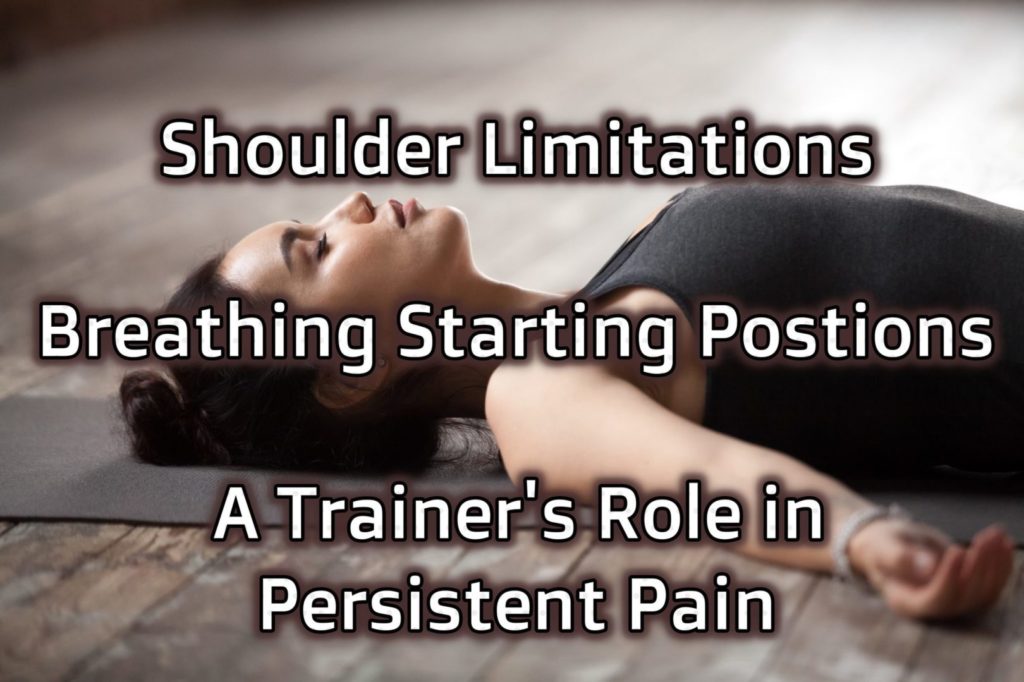
Commonly seen, but rarely talked about, what is the best way to improve someone who is limited in horizontal abduction and shoulder internal rotation? Here we dive into how to best do that! I also dive into what positions are best to start teaching breathing mechanics for someone based on their infrasternal angle presentation. And if you are a trainer and unsure if you should work with someone in pain, prepare to get inspired!
3. Ankle Pinching, Prioritizing Ribs or Spine, and Deviated Septum – Movement Debrief Episode 78
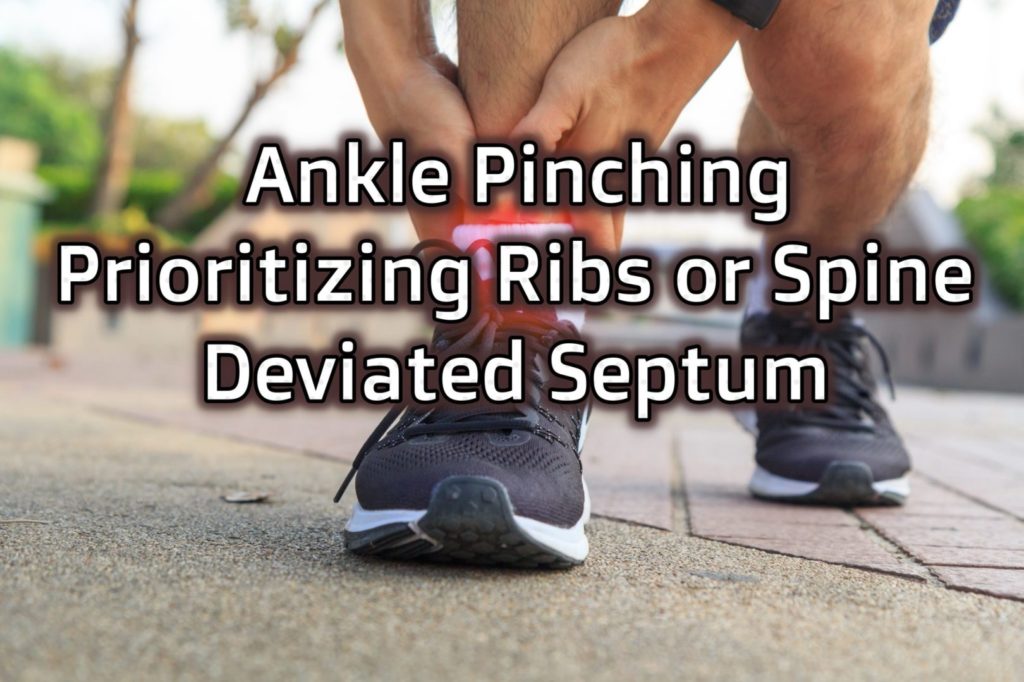
Do you ever get pinching on the front of your ankle when you squat or do exercises? What do you do about it? Well, you’ll get the answer in this debrief. We also dive into how to best improve thoracic extension, and is getting a surgery to fix a deviated septum worthwhile? Then you’ll want to check out this one!
2. Infrasternal Angle Updates, Flexion Intolerance, and Calves – Movement Debrief Episode 80

Since I first started talking about infrasternal angles, my thought process has changed quite a bit in terms of where it fits for me. Here, you’ll learn all about it.
Also, I bet you run into flexion intolerance and are wondering how to apply flexion-dominant exercises to this population. I help you problem solve through that. Lastly, if you want to know why calves are dang important, I’ll give you the answer.
1. Iliotibial Band Syndrome, Shoewear, and Quick Assessments – Movement Debrief 75
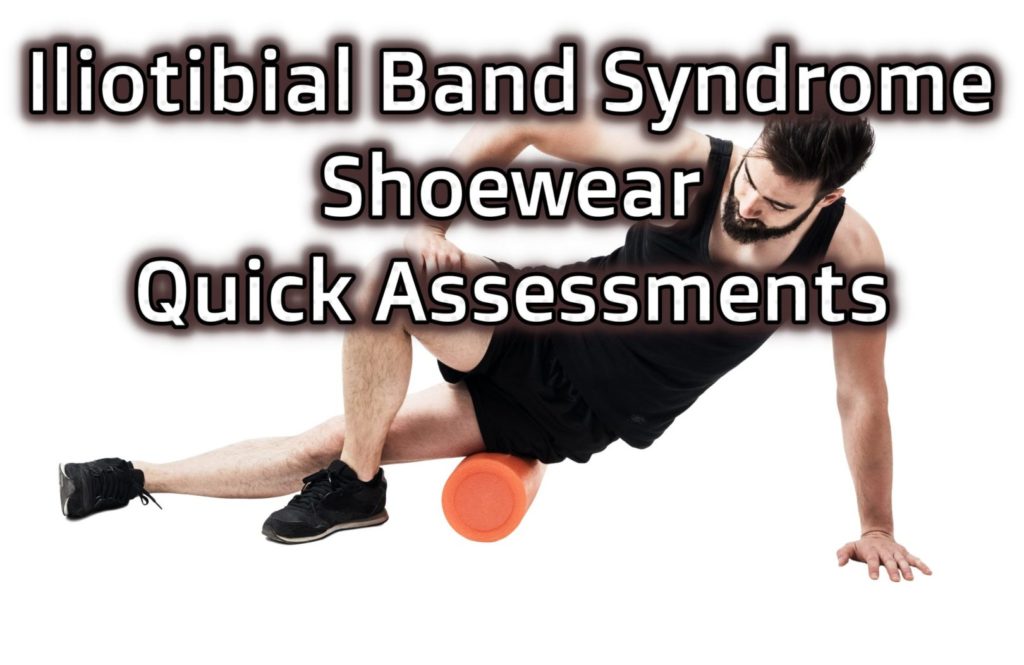
Do you want to know what to do about iliotibial band syndrome? Hint, you don’t have a tight IT band and you don’t need to foam roll. We deep dive into that, how to pick good shoes, and learn some great assessments to determine one’s movement capabilities.
Image by Daniel Friesenecker from Pixabay

